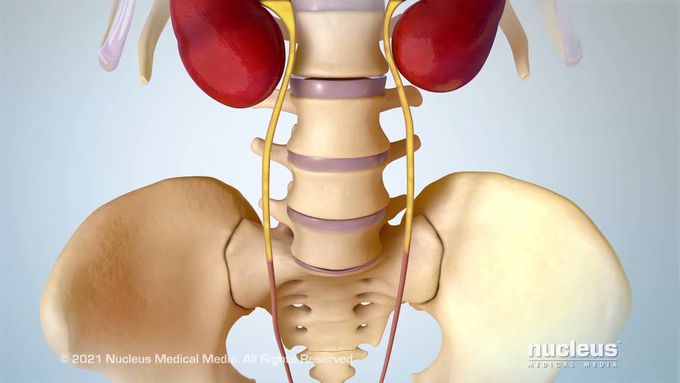


Understanding Stress Urinary Incontinence (SUI)
This video is brought to you by the SMART Imagebase at http://ebsco.smartimagebase.com/stress-urinary-incontinence, a website where subscribers can download thousands of medical images and videos created by Nucleus Medical Media, including this one. The SMART Imagebase website contains over 24,000 items on anatomy, physiology, embryology, surgery, trauma, pathology, diseases, conditions and other topics. Students, educators and professionals use them in lectures, courses, presentations, professional training and more. To request more information on how your school or business can subscribe, please visit http://ebsco.smartimagebase.com/stress-urinary-incontinence #StressUrinaryIncontinence #BladderLeaks #SUI MEDICAL ANIMATION TRANSCRIPT: Your urinary tract includes the kidneys, ureters, bladder, and urethra. Your kidneys make urine which flows through the ureters to your bladder. Your bladder expands to store urine until you're ready to urinate. Muscles called sphincters contract to hold urine in your bladder. When you urinate, the sphincters relax. This allows urine to pass out of your body through your urethra. Strong pelvic floor muscles support your bladder and other organs so they can work properly. Stress urinary incontinence means urine leaks by accident when movement puts sudden pressure on your bladder. It can happen when you cough, laugh, sneeze, or exercise. Urine can leak if your sphincters or pelvic floor muscles have become weak. Things that can weaken these muscles include childbirth, obesity, aging, pelvic surgery, and some types of medicine. To find out more about stress urinary incontinence, talk to your healthcare provider. ANH00021

